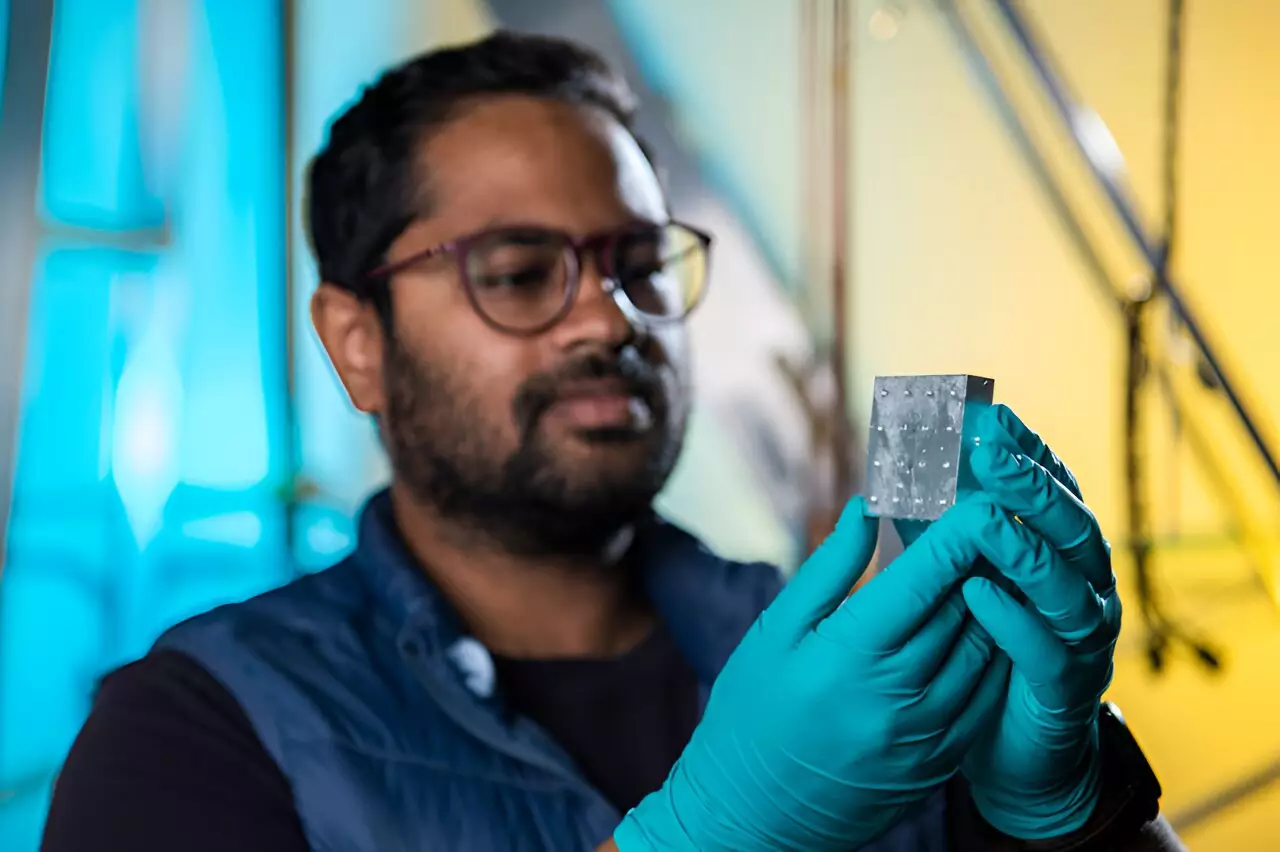Dark matter remains one of the most perplexing mysteries in astrophysics. Existing primarily as an intangible force that influences cosmic structures, it eludes direct observation, leaving scientists to infer its existence through gravitational effects on visible matter. Attempting to unlock the secrets of dark matter is a monumental challenge, and recent advances in quantum techniques provide a glimmer of hope in a domain where traditional methodologies have encountered significant limitations. The quest to reveal dark matter is not just a scientific endeavor; it is a question that beckons for answers relevant to the very fabric of our universe.
Innovative Approaches to Signal Detection
To detect dark matter, scientists have increasingly turned to methods that amplify signals arising from its interactions with ordinary matter. The challenge, however, lies in the feebleness of these signals. This is where recent research conducted at the U.S. Department of Energy’s Fermi National Accelerator Laboratory and the University of Chicago marks a watershed moment. By enhancing dark matter signal detection sensitivity through quantum techniques, researchers have accomplished a remarkable increase—nearly 2.78 times stronger signals.
This achievement stems from the ingenuity of researchers utilizing quantum information science principles. As quantum techniques converge with astrophysics, we witness the birth of a new era poised to unravel the intricacies of dark matter and, indeed, reshape our understanding of physics as a whole. This intersection showcases how advances in one scientific discipline can catalyze breakthroughs in another.
The Mechanics Behind the Breakthrough
Central to the experiment’s success was the preparation of a specialized microwave cavity to operate in an enhanced quantum state, a method pioneered by doctoral student Ankur Agrawal under the guidance of Fermilab scientist Aaron Chou. By introducing superconducting qubits—quantum bits capable of existing in multiple states simultaneously—into this cavity, researchers increased its sensitivity for detecting elusive dark matter signals while mitigating noise interference.
The fundamental principle of this technique hinges on the interaction of qubits in a Fock state—an arrangement that establishes a defined number of photons. By precisely engineering this system to stimulate photon emission during dark matter interactions, the researchers effectively create conditions conducive for detecting additional photons, which ultimately serve as telltale signs of dark matter’s presence.
Noise Reduction and Sensitivity Boost
Not only did the experiment thrive off the innovation of photon stimulation, but it also emphasized the importance of reducing noise, a significant hindrance in dark matter detection. The researchers employed a dilution refrigerator to cool the cavity to a frigid one-one-hundredth of a Kelvin, vastly lower than even outer space. This cooling minimized thermal photon interference and amplified sensitivity to signals from rare dark matter interactions.
The dual approach of enhancing signal detection while minimizing noise opens new avenues in astrophysical research. The qubit-photon interaction engineered within this experiment allowed the same photon to be measured multiple times without destruction, thereby enhancing detection capabilities in a way that traditional detection methods could not match. This innovation is reminiscent of the principles behind laser technology, where stimulated emission underpins the creation of coherent light.
A Metaphor of Motion: The Swing Analogy
The analogy of pushing a child on a swing encapsulates the essence of researchers’ strategy. A stationary swing requires substantial effort to initiate motion, while an already moving swing responds to gentle pushes far more effectively. In this experiment, researchers succeeded in getting the electromagnetic field of the cavity “swinging” so that it could more readily detect incoming dark matter signals. This metaphor not only serves to clarify the intricate physics at play but also emphasizes the creative thought processes that underpin scientific inquiry.
Implications for the Future of Physics
The implications of this research extend beyond dark matter; they hint at transformative potentials in our understanding of fundamental science. By employing quantum advancements to accelerate dark matter detection, scientists may unlock answers to profound questions about the universe. This innovative approach not only saves time and resources but positions researchers at the frontier of new physics discoveries. The synergy between quantum mechanics and astrophysics promises not only potential breakthroughs in dark matter research but also lays the groundwork for exploring other cosmic enigmas.
The work of Agrawal, Chou, and their colleagues embodies the spirit of contemporary science—a relentless pursuit of knowledge and a refusal to accept the unknowable as the end of the inquiry. In a world where traditional methods have fallen short, the application of quantum techniques heralds a potent new chapter dedicated to illuminating the dark corners of our universe.


Leave a Reply